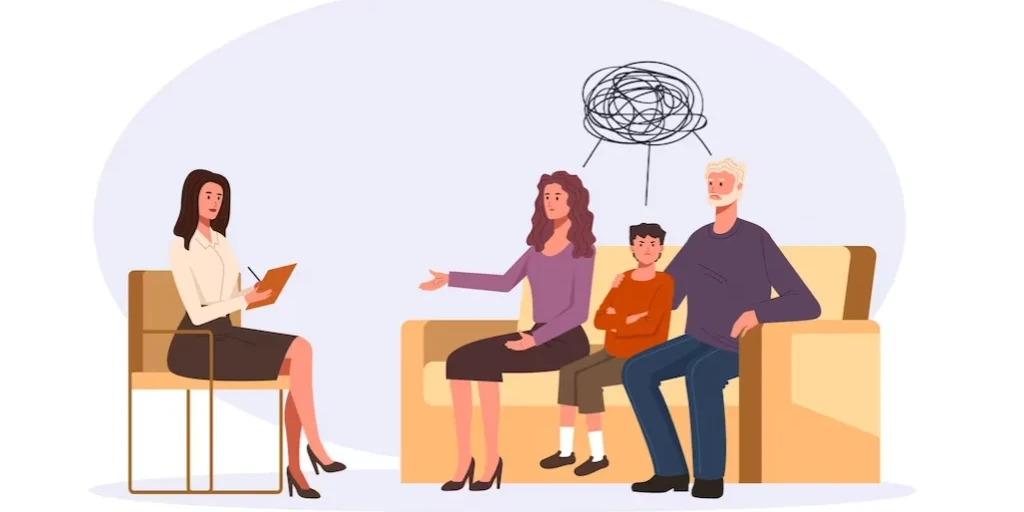24/7 Helpline:
(866) 899-221924/7 Helpline:
(866) 899-2219
Learn more about Eating Disorder Treatment centers in Clay County

Other Insurance Options

Holman Group

BlueShield

Absolute Total Care

Self-pay options

Ceridian

Kaiser Permanente

Amerigroup

Multiplan

EmblemHealth

Access to Recovery (ATR) Voucher

Regence

United Health Care

Optima

Meritain

GEHA

Group Health Incorporated

WellPoint

Health Partners

WellCare Health Plans

MVP Healthcare



















MedMark Treatment Centers Murphy
MedMark Treatment Centers Murphy is a private rehab located in Brasstown, North Carolina. MedMark Tr...











